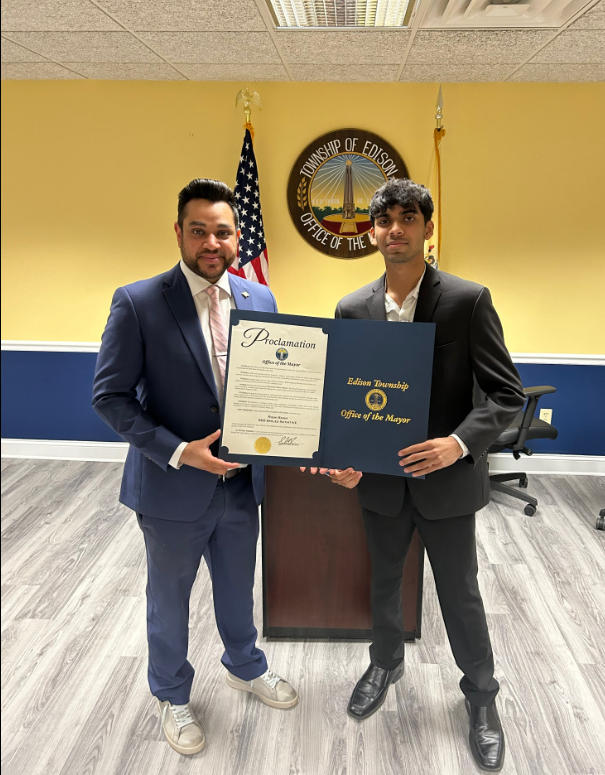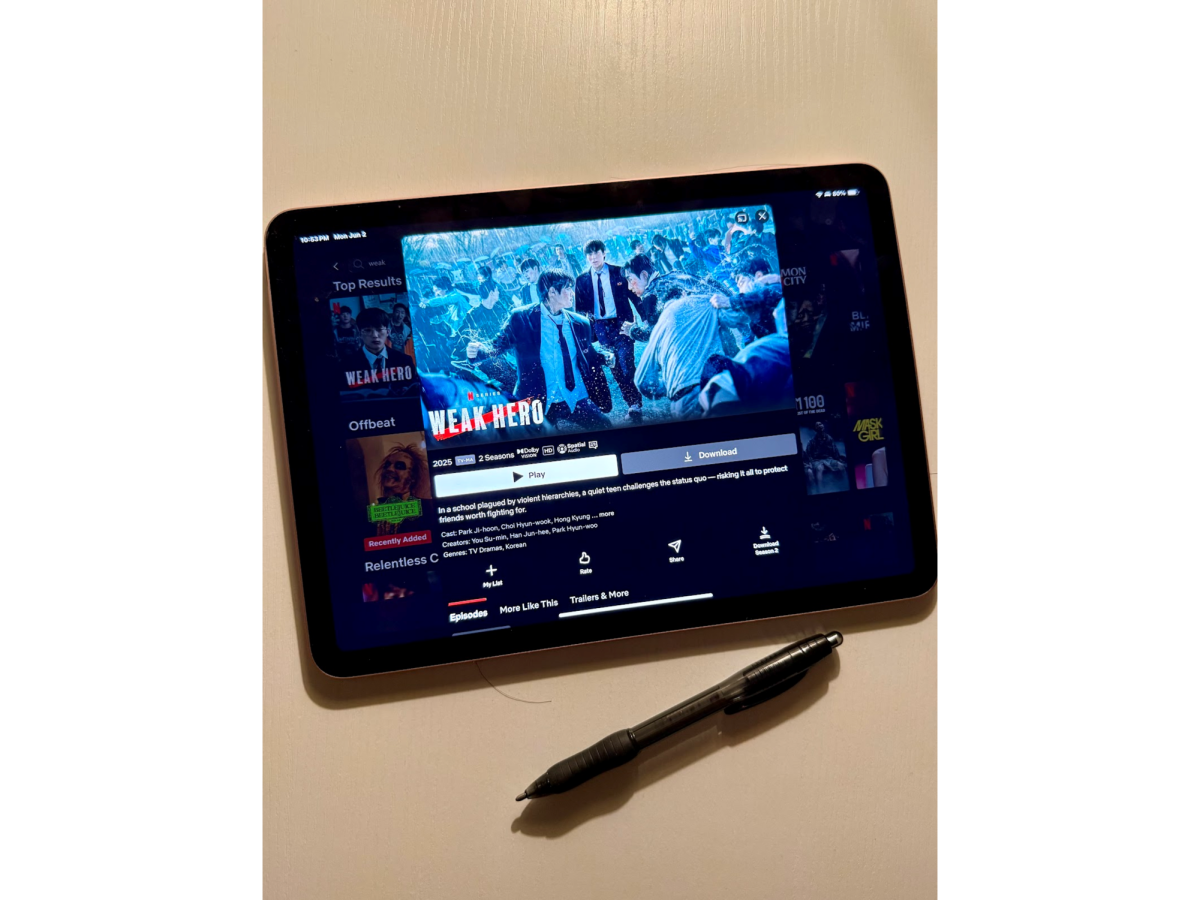Black History Month and How It Came to Be

February 4, 2022
Often, schools will do a unit or two on the importance of Black History Month once February rolls around. But, do we ever stop to think about how it all started? Well, it’s certainly no coincidence that two important birthdays in black history take place in February. President Lincoln and well-known abolitionist Frederick Douglass were born on the 12th and the 14th of February, respectively. But this isn’t the only deciding factor to what makes this month special.
After Carter G. Woodson attended a celebration for the 50th anniversary of emancipation in the early 1900s, he helped form the Association for the Study of Negro Life and History (ASNLH), teaching many others to study African Americans’ rich history. Woodson moved on to begin “Negro History Week” in 1926. This was, of course, in February.
The same association later began to spread the idea for Black History Month across the nation after the Civil Rights Movement. President Ford pushed for it around 1976. From that point on, American citizens were encouraged to take part in the celebration, whether by learning, observing, celebrating, or exploring the rough history.
So the next time you pick up a book or your cell phone, give it a Google, if you will. Whether you read about Ella Fitzgerald and Martin Luther King Jr., or watch a YouTube video about Fredrick Douglass and Harriet Tubman, it is a month to celebrate, learn, recognize, and bring people together.













